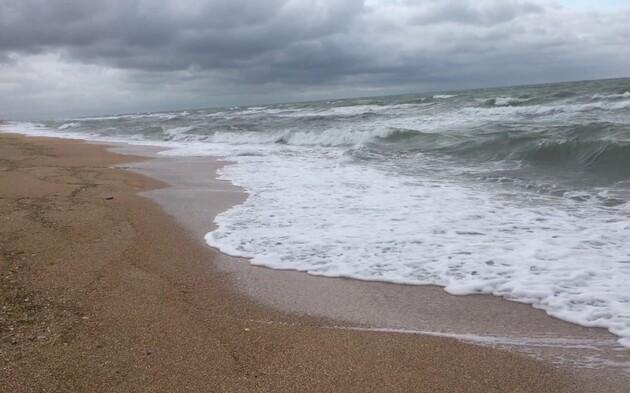Geologists predict the emergence of a new ocean in Africa

On the territory of Africa, scientists have recorded geological processes that could potentially lead to the splitting of the continent and the formation of a new ocean. Relevant research published in the journal Nature Geoscience.
The reason for the changes is the intense movement of tectonic plates in the area of the East African fault, which stretches for 3,200 kilometers. The split began 30 million years ago, but recently its dynamics have increased, which gives reason to assume the possible appearance of a new ocean on the world map.
For the first time, signs of the acceleration of this process were recorded in 2005, when a crack more than 50 kilometers long appeared in the Ethiopian desert. In 2018, a similar fault appeared on the territory of Kenya. Geologists associate this phenomenon with a mantle plume — a hot flow of magma rising from the depths of the Earth’s crust. Similar volcanic activity is recorded not only in Africa, but also in areas such as Yellowstone in the United States.
The rift began on the eastern side of the African plate, and now a new one is forming there – the Somali tectonic plate. Crack expansion occurs at a rate of 0.8 to 2.5 centimeters per year, and this process can be accelerated by earthquakes.
Eventually, countries such as Somalia, Ethiopia, Tanzania and part of Kenya may break away from the continent, forming a new island. At the same time, landlocked countries such as Zambia and Uganda may gain access to the ocean. This will cause the emergence of a new ocean basin that will divide Africa in half and radically change the political and economic situation in the region.
“We’ve narrowed the timescale down to about a million years. Maybe even half. A large seismic event like an earthquake could accelerate this process, although predicting such events with precision is problematic.” said Cynthia Ebinger, a geologist from Tulane University in New Orleans.
The changes that are already taking place are not only transforming the landscape, but can also have a significant impact on the climate. Along with the geological changes, serious political and economic consequences are expected, including the change of sea routes, the emergence of new territories and the reorientation of international trade.
According to the researchers’ forecasts, drastic changes may occur within a million years or even earlier. However, it is still difficult to predict the exact speed of the fault’s expansion — forecasts are based on available data.





